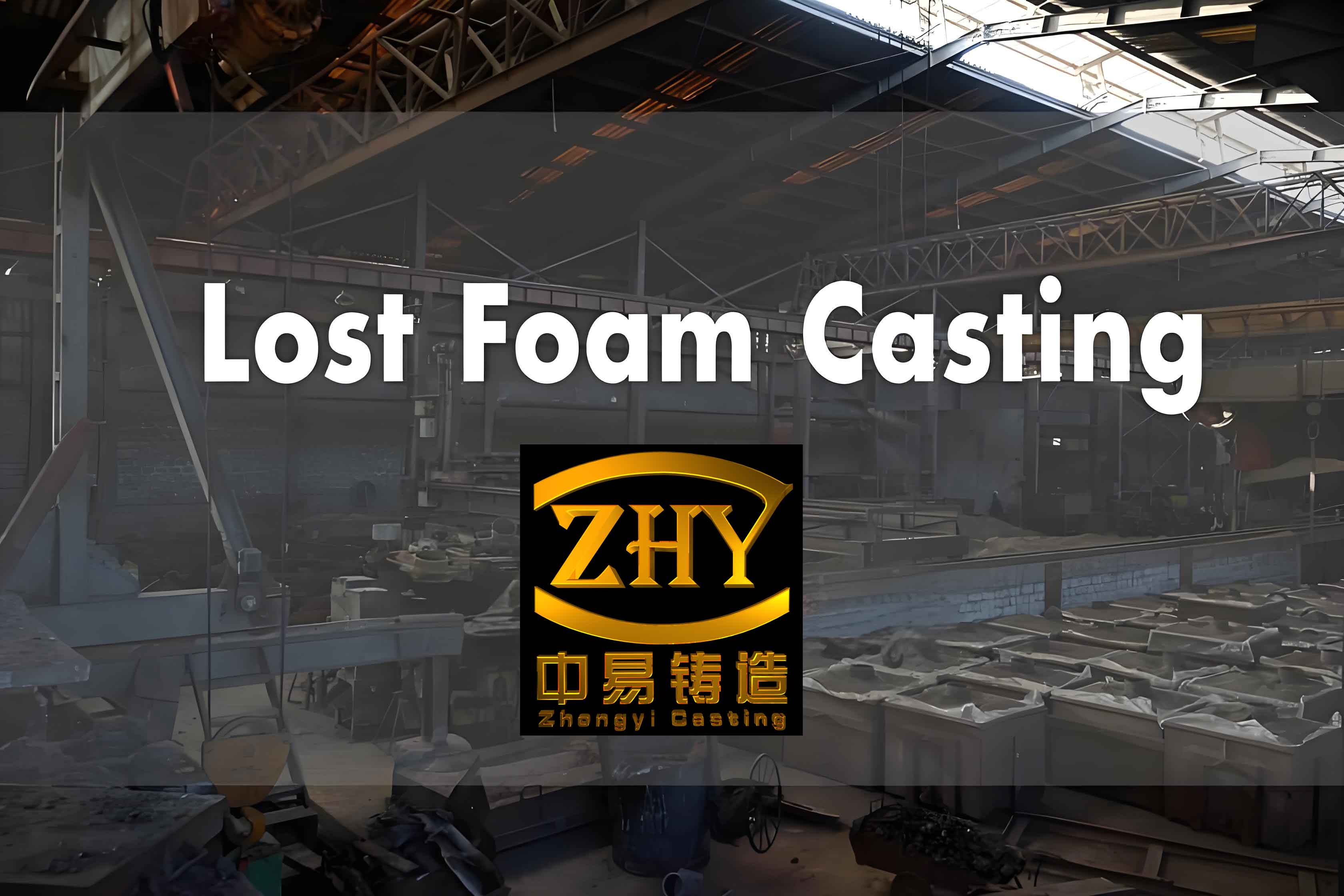Lost foam casting has gained popularity in the manufacturing industry due to its unique advantages, such as design flexibility, precision, and cost-effectiveness. However, small and medium-sized enterprises (SMEs) often face challenges when considering the implementation of new technologies. This article presents a comprehensive cost-benefit analysis of implementing lost foam casting in small and medium-sized enterprises, highlighting the potential benefits, costs, and considerations for successful adoption.

Benefits of Lost Foam Casting for Small and Medium-Sized Enterprises
Implementing lost foam casting can offer significant benefits to small and medium-sized enterprises, enhancing their competitive edge and operational efficiency. Key benefits include:
- Design Flexibility: Lost foam casting allows for the production of intricate and complex designs, enabling small and medium-sized enterprises to offer customized solutions and innovative products.
- High Precision and Quality: The process ensures high dimensional accuracy and superior surface finish, reducing the need for extensive post-processing and improving product quality.
- Cost Savings: By minimizing material waste and reducing the need for machining and assembly, lost foam casting can lower production costs and increase profitability for small and medium-sized enterprises.
- Material Efficiency: The precise molding of metal around the foam pattern results in minimal material waste, contributing to more sustainable manufacturing practices.
- Environmental Benefits: Reduced waste generation and lower energy consumption make lost foam casting an environmentally friendly option, aligning with the growing emphasis on sustainable manufacturing.
Costs Associated with Implementing Lost Foam Casting
While lost foam casting offers numerous advantages, small and medium-sized enterprises must also consider the costs associated with its implementation. Key costs include:
- Initial Setup Cost: The initial investment in equipment, such as foam pattern creation machinery, coating systems, and casting furnaces, can be substantial for small and medium-sized enterprises.
- Training and Skill Development: Implementing lost foam casting requires specialized skills and knowledge. Small and medium-sized enterprises must invest in training their workforce to ensure successful adoption.
- Maintenance and Operational Costs: Regular maintenance of equipment and operational costs, such as energy consumption and raw materials, must be factored into the overall cost analysis.
- Pattern Creation and Storage: Creating and storing foam patterns can incur additional costs, especially for enterprises producing a wide range of products.
Comparative Cost-Benefit Analysis
To provide a clearer understanding of the cost-benefit analysis, the following table compares the key benefits and costs of implementing lost foam casting in small and medium-sized enterprises:
| Aspect | Benefits | Costs |
|---|---|---|
| Design Flexibility | Ability to produce intricate and customized designs, enhancing product offerings and market competitiveness. | Initial investment in pattern creation machinery and coating systems. |
| Precision and Quality | High dimensional accuracy and superior surface finish, reducing the need for post-processing. | Training and skill development for the workforce. |
| Cost Savings | Lower production costs due to reduced material waste and minimal machining requirements. | Regular maintenance and operational costs, such as energy consumption and raw materials. |
| Material Efficiency | Minimal material waste, contributing to sustainable manufacturing practices. | Costs associated with creating and storing foam patterns. |
| Environmental Benefits | Reduced waste generation and lower energy consumption, supporting environmental sustainability. | Initial setup costs and ongoing operational expenses. |
Implementation Considerations for Small and Medium-Sized Enterprises
For small and medium-sized enterprises to successfully implement lost foam casting, several considerations must be taken into account:
- Assessing Feasibility: Conducting a thorough feasibility study to evaluate the potential return on investment and long-term benefits of lost foam casting.
- Choosing the Right Equipment: Investing in high-quality equipment and technology that align with the specific needs and production requirements of the enterprise.
- Workforce Training: Providing comprehensive training programs to equip employees with the necessary skills and knowledge for operating lost foam casting equipment.
- Quality Control: Implementing robust quality control measures to ensure the consistent production of high-quality components and minimize defects.
- Supplier Collaboration: Collaborating with reliable suppliers to ensure a steady supply of raw materials and foam patterns, minimizing disruptions in the production process.
Case Study: Successful Implementation of Lost Foam Casting in an SME
To illustrate the potential benefits and challenges of implementing lost foam casting in small and medium-sized enterprises, consider the case of XYZ Manufacturing, a medium-sized enterprise specializing in automotive components.
Background: XYZ Manufacturing sought to improve the quality and precision of their products while reducing production costs. After conducting a feasibility study, they decided to implement lost foam casting.
Implementation:
- Initial Setup: XYZ Manufacturing invested in state-of-the-art foam pattern creation machinery, coating systems, and casting furnaces. The initial setup cost was substantial but aligned with their long-term strategic goals.
- Training: Comprehensive training programs were conducted to equip employees with the skills needed to operate the new equipment and ensure quality control.
- Quality Control: Robust quality control measures were implemented, resulting in high-quality, precision-engineered components with minimal defects.
Results:
- Enhanced Product Quality: The precision and surface finish of the components improved significantly, leading to higher customer satisfaction and increased market competitiveness.
- Cost Savings: Reduced material waste and minimal post-processing resulted in lower production costs, enhancing profitability.
- Environmental Impact: The adoption of lost foam casting contributed to more sustainable manufacturing practices, aligning with XYZ Manufacturing’s commitment to environmental responsibility.
Conclusion
In conclusion, implementing lost foam casting in small and medium-sized enterprises can offer substantial benefits, including enhanced design flexibility, high precision, cost savings, and environmental advantages. However, it also entails significant costs related to initial setup, training, and maintenance. By conducting a comprehensive cost-benefit analysis and considering key implementation factors, small and medium-sized enterprises can make informed decisions and successfully adopt lost foam casting to improve their production processes and competitiveness in the market.
